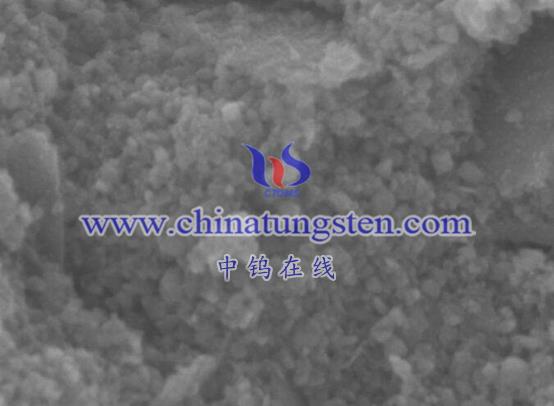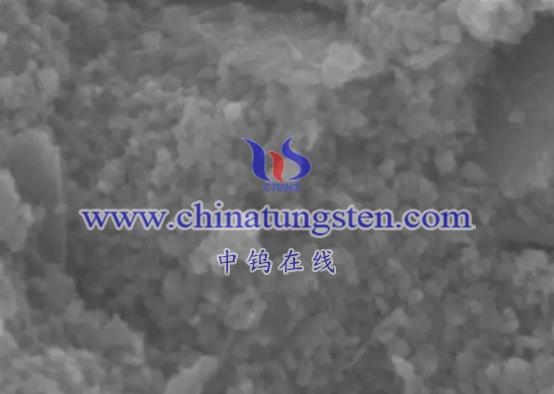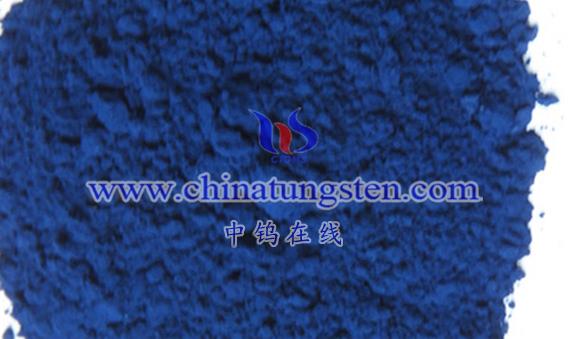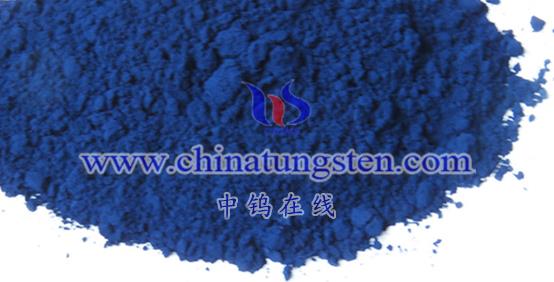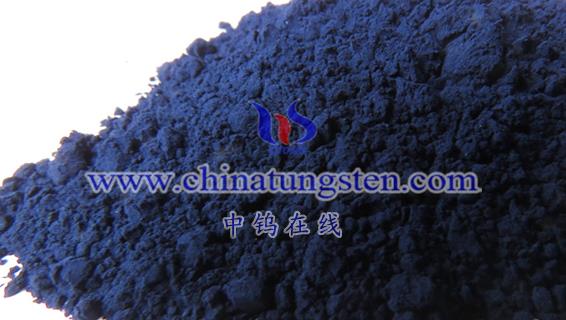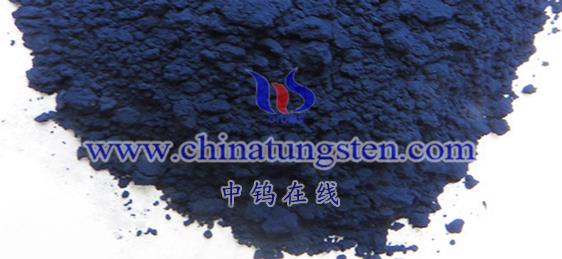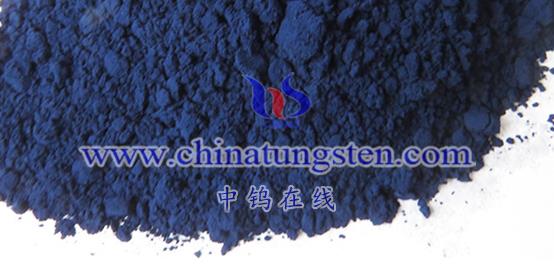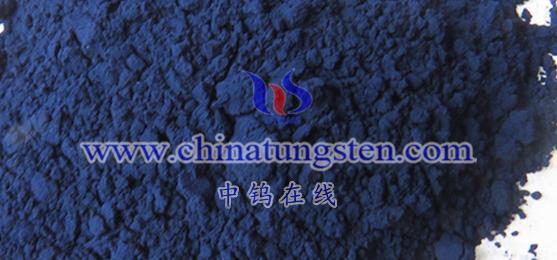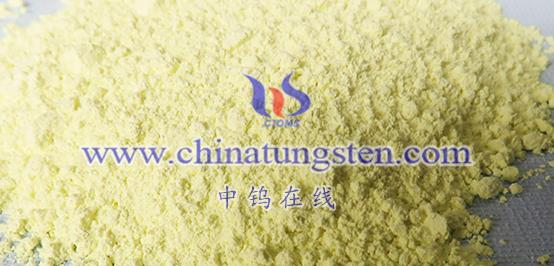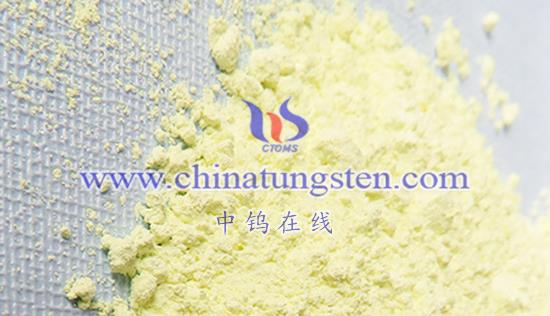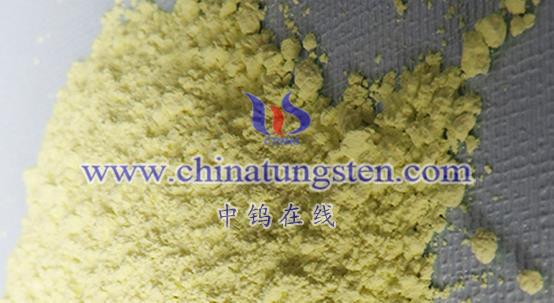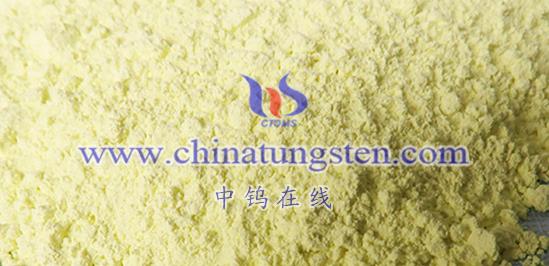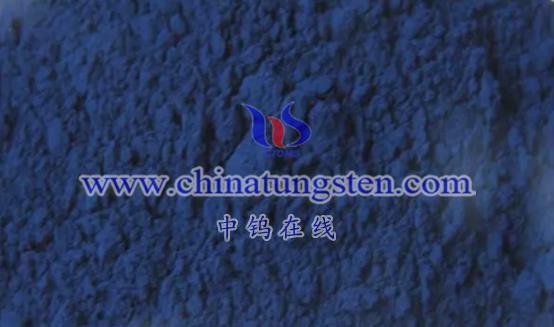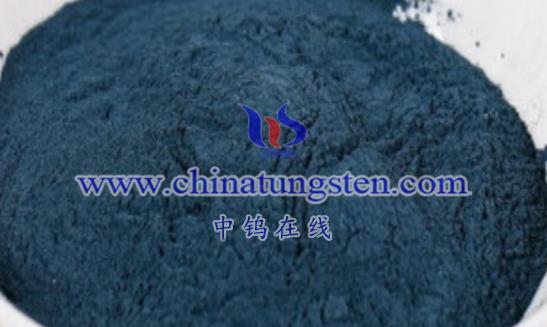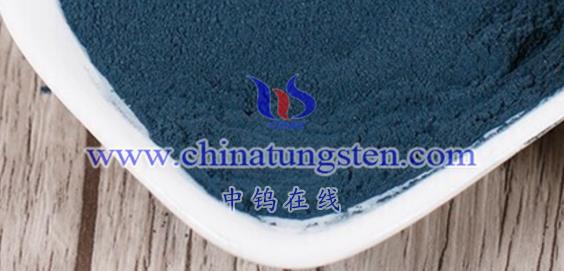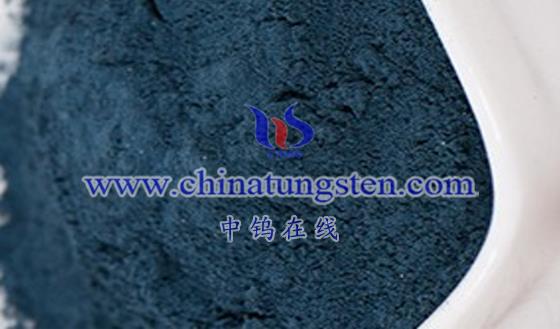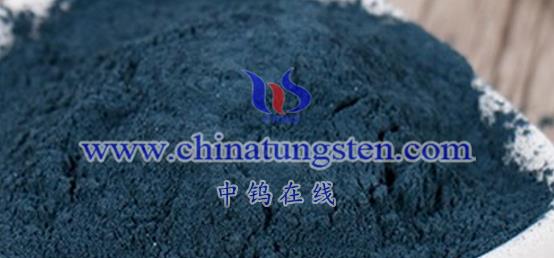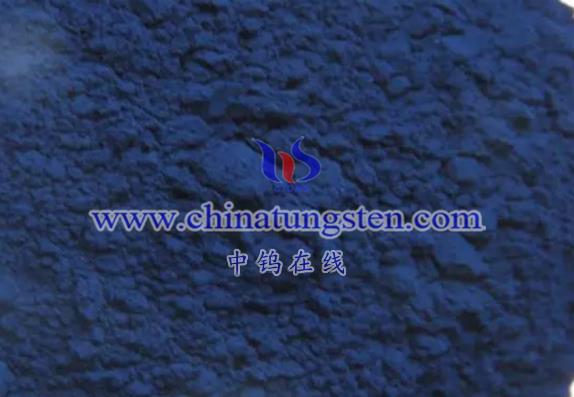
A nano-tungsten trioxide (WO₃) catalyst refers to tungsten trioxide particles at the nanoscale that serve as the primary catalytic component in chemical reactions, directly participating in and accelerating the rate of these reactions. Due to its unique physical and chemical properties, nano-WO₃ has a wide range of applications in the field of catalysis. Below is a detailed explanation of nano-tungsten trioxide catalysts.
- Definition of Nano-Tungsten Trioxide Catalyst
- Definition: A nano-tungsten trioxide catalyst is defined as tungsten trioxide particles with nanometer-scale dimensions that act as the core component in catalytic reactions. By providing active sites and promoting interactions between reactants, it accelerates the rate of chemical reactions.
- Characteristics: Nano-WO₃ features a large specific surface area, abundant active sites, excellent catalytic performance and selectivity, as well as photocatalytic properties. These characteristics enable nano-WO₃ to exhibit outstanding catalytic effects in various reactions.
- Application Areas of Nano-Tungsten Trioxide Catalyst
Nano-tungsten trioxide catalysts have wide-ranging applications across several fields, including but not limited to the following:
- Environmental Protection:
- Automotive Exhaust Treatment: Nano-WO₃ can serve as a catalyst for the reduction of nitrogen oxides (NOx), effectively reducing harmful emissions from vehicle exhaust.
- Water Treatment: In water treatment, nano-WO₃ can catalyze the oxidative degradation of organic compounds, enhancing water purification efficiency.
- Energy Sector:
- Lithium-Ion Batteries: As an anode material for lithium-ion batteries, nano-WO₃ offers high energy density and cycling stability, promising to improve battery performance.
- Photocatalytic Hydrogen Production: Nano-WO₃ can absorb visible light and generate photo-induced electron-hole pairs, thereby improving hydrogen production efficiency in water-splitting reactions.
- Chemical Industry: Nano-WO₃ can act as a catalyst in various chemical reactions, including oxidation, dehydrogenation, and hydrogen conversion.
- Biomedical Applications: In the biomedical field, nano-WO₃ also shows potential for applications such as biosensing, drug delivery, and photothermal therapy.
- Advantages and Limitations of Nano-Tungsten Trioxide Catalyst Applications
- Advantages:
- High Catalytic Activity: Nano-WO₃ has a large specific surface area and abundant active sites, allowing better interaction with reactants and enhancing reaction activity.
- Excellent Selectivity: Nano-WO₃ exhibits high selectivity for specific chemical reactions, enabling precise catalysis of target reactions.
- Photocatalytic Performance: Nano-WO₃ can utilize light energy in photocatalytic reactions by absorbing visible light and generating photo-induced electron-hole pairs, thus improving reaction efficiency.
- Limitations:
- High Production Cost: The preparation process for nano-WO₃ is relatively complex and costly.
- Susceptibility to Oxidation: Nano-WO₃ is prone to oxidation, which can lead to reduced performance and shorter lifespan.
- Processing Difficulties: Due to the high hardness and tendency to agglomerate of nano-WO₃, its processing can be relatively challenging.
In conclusion, nano-tungsten trioxide catalysts are materials with promising application prospects. Their unique physical and chemical properties enable them to achieve excellent catalytic effects across various fields. However, practical applications must also consider challenges related to production costs, oxidation stability, and processing difficulties.
More details of tungsten oxide product, please visit website: tungsten-oxide.com
Please contact CHINATUNGSTEN for inquiry and order of tungsten oxide:
Email: sales@chinatungsten.com
Tel.: 86 592 5129595
